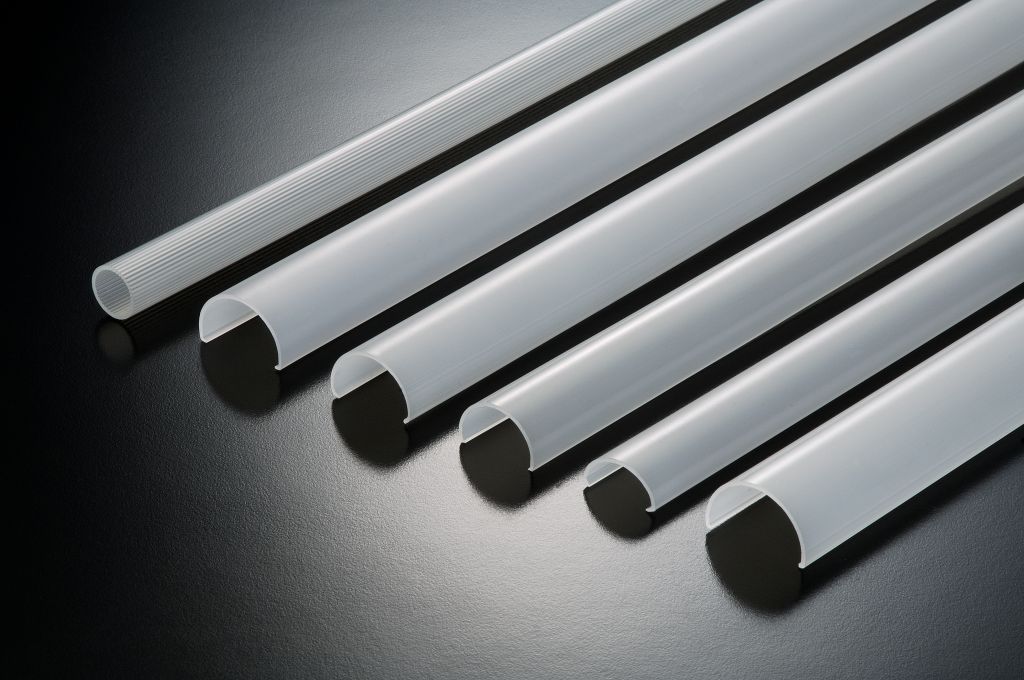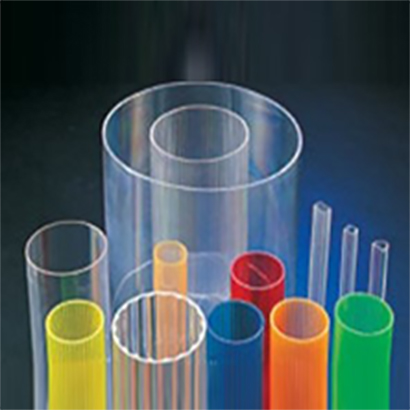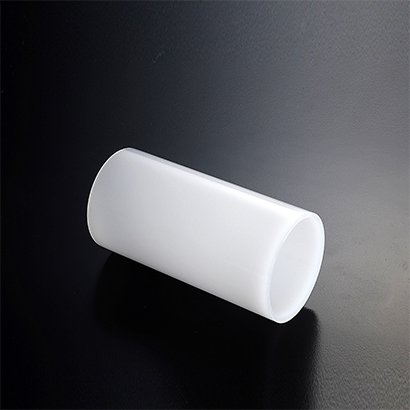Is acrylic environmentally friendly?
Q: Is acrylic environmentally friendly?
A: Acrylic also known as plexiglass or polymethyl methacrylate (PMMA), is a man-made clear plastic material that is itself a recyclable material, so it does relatively well when it comes to recycling and
recycling. In addition, acrylic products have a longer lifespan and can be used for a long time, reducing waste and resource consumption. If you want to choose acrylic products as environmentally friendly materials, it is recommended to choose Xingming high-quality
100% new material products, use them for a longer time, and properly recycle and dispose of them when they are no longer needed.
Q: Is acrylic toxic? Application scope?
A: Acrylic itself is non-toxic, and it is naturally odorless and non-toxic to the human body. It can be used in medical supplies, contact lenses, food packaging utensils, etc. It is transparent, light, weather-resistant, impact-resistant, recyclable, Compared with other plastic materials, it is easier to form and other advantages. The application of acrylic is widely used in various industries, and it is closely related to our lives.
◆ Stationery gifts: office stationery, business cards, pen holders, medals, gifts, photo frames
◆ Advertising: light boxes, signboards, signs, neon lights, display stands, signs
◆ Home appliances: electrical accessories, audio panels, display panels
◆ People's livelihood products: kitchen, bathroom equipment, storage box, dressing table, shelf
◆ 3C supplies: mouse, goggles, casing, acrylic electronic products, LCD/TV, mobile phone panel
◆ Optics: lenses, sunglasses, reflectors, magnifying (convex) mirrors, projection boards
◆ Leisure and entertainment: basketball boards, household swimming pools, gaming equipment, game console panels, pet toys
◆ Furniture: tables and chairs, lockers, lecture tables, furniture accessories
◆ Aquarium: aquariums, petri dishes, feed tubes, fish and shrimp shelters,
◆ Construction: tree windows, soundproof doors and windows, lighting covers, skylights, greenhouses, telephone booths, screens
◆ Lighting: street lamps, art lamps and general lampshades
◆ Transportation: vehicle doors and windows, road sound insulation walls, windshields, rain windows, lights
◆Industrial use: protective masks for machine instruments, flow meters, optical fibers
◆ Security: doors and windows of banks, prisons, jewelry stores
◆ Agricultural medical treatment: greenhouse, plant storage box, baby incubator, medical equipment
◆ Military use: aircraft canopy, yacht windows and tank windows

Related Applications
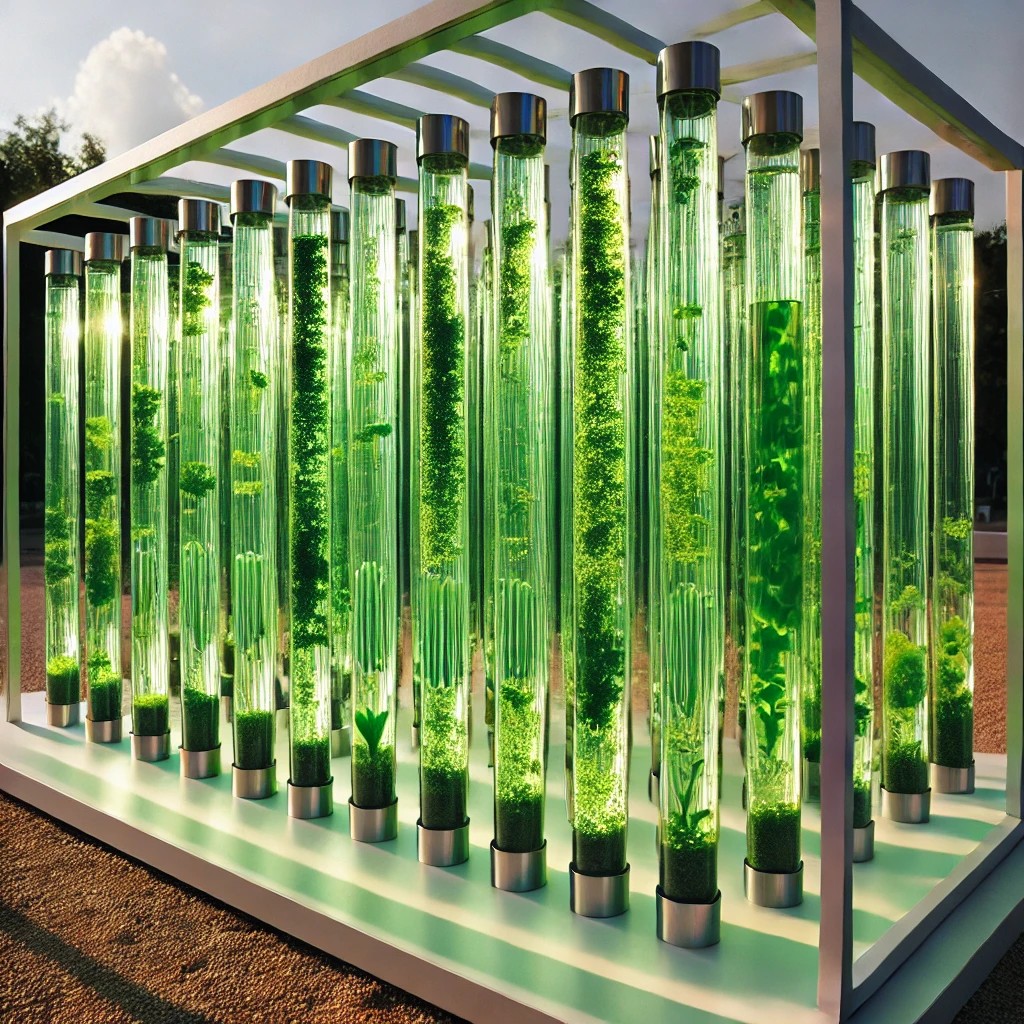
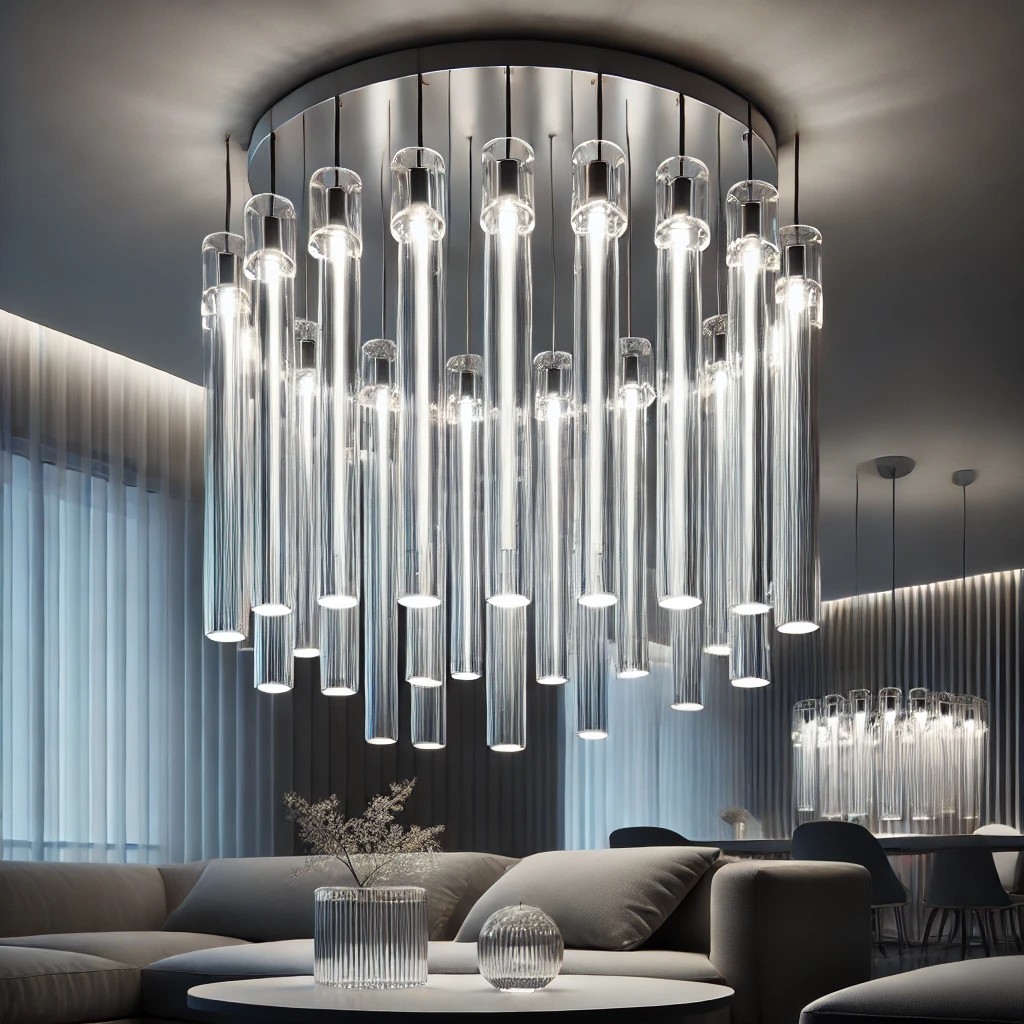
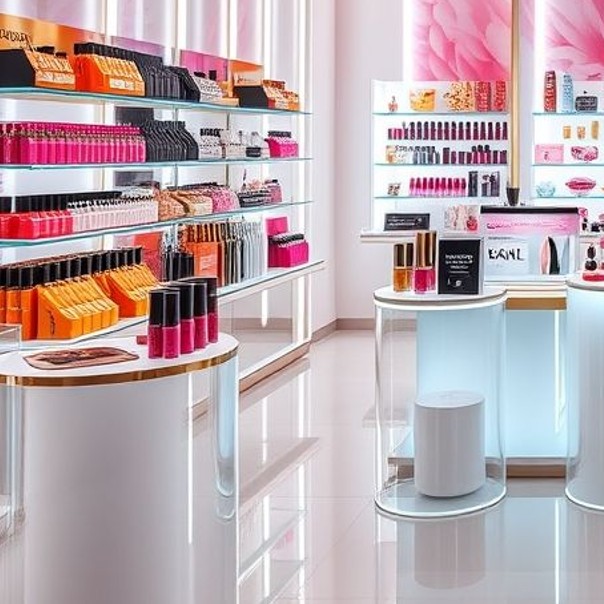
.jpg)





